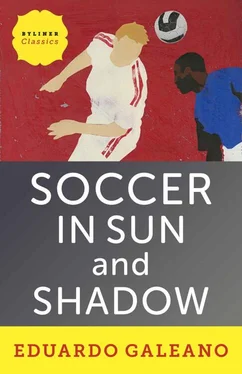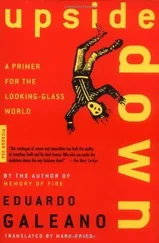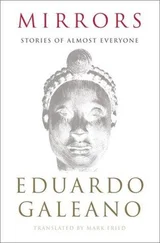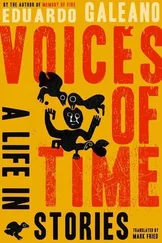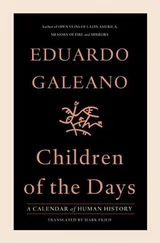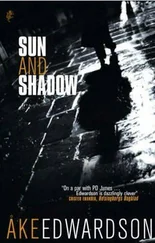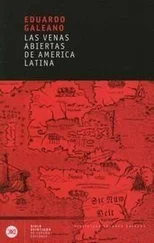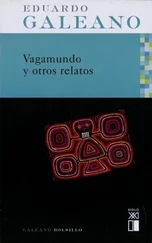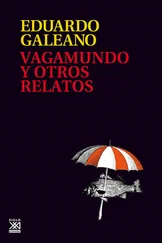ISL Marketing owns exclusive rights over stadium advertising, films and videos, logos, banners, and mascots for international soccer competitions until the end of the century. This business belongs to the heirs of Adolf Dassler, founder of Adidas, brother and enemy of the founder of its competitor Puma. When Havelange and Samaranch offered a sales monopoly to the Dassler family, they were acting out of gratitude, a noble sentiment. Adidas, the largest sports clothing manufacturer in the world, had shown considerable generosity when it came to helping them consolidate their own personal power. In 1990, the Dasslers sold Adidas to French businessman Bernard Tapie, but held on to ISL, which the family runs in association with the Japanese advertising firm Dentsu.
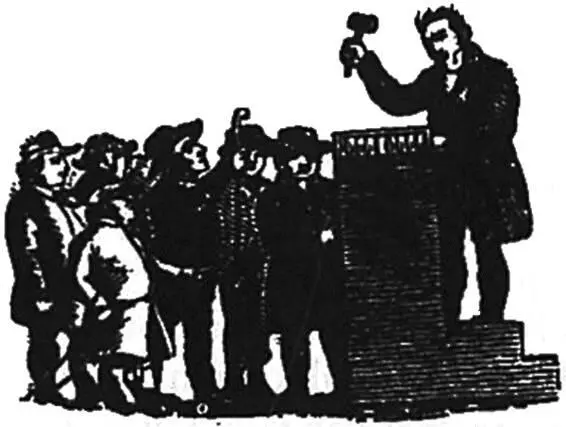
Control over world sport is no small potatoes. At the end of 1994, speaking in New York to a business association, Havelange confessed a few numbers, something he rarely does: “I can confirm that soccer generates a total of $225 billion worldwide every year.” He boasted that such a fortune compared favorably to the $136 billion in sales that General Motors, the world’s largest multinational corporation, recorded in 1993.
In the same speech Havelange warned, “Soccer is a commercial product that must be sold as wisely as possible.” And he cited the first law of wisdom in today’s world: “You have to pay a lot of attention to the packaging.”
The sale of television rights is the most productive vein in the fantastically rich mine of international competitions, and FIFA and the International Olympic Committee enjoy the lion’s share of the proceeds. That money has multiplied spectacularly since television began to broadcast world championships live around the world. The 1993 Barcelona Olympics earned 630 times as much from television as the Rome Olympics in 1960, when the broadcast did not reach beyond the national market.
When it comes to choosing the advertisers for each tournament, Havelange, Samaranch, and the Dassler family never quarrel. The machine that turns every passion into money cannot afford the luxury of promoting the most healthy or useful products for active sports fans. They simply place themselves at the service of the highest bidder, and they only want to know if MasterCard will pay more than Visa, and if Fujifilm will put more money on the table than Kodak. Coca-Cola, that nutritious elixir no athlete’s body can do without, always heads the list. Its wealth of virtues places it beyond question.
With fin de siècle soccer so wrapped up in marketing and sponsors, it’s no surprise that some of Europe’s biggest clubs are actually companies that belong to other companies. Juventus from Turin, just like Fiat, is part of the Agnelli Group. Milan belongs to the constellation of three hundred companies of the Berlusconi Group. Parma belongs to Parmalat. Sampdoria, to the oil conglomerate Mantovani. Fiorentina, to the movie production company Cecchi Gori. Olympique de Marseilles moved to the forefront of European soccer when it became one of Bernard Tapie’s companies, until a bribery scandal ruined his successful career. Paris Saint-Germain belongs to the television firm Canal Plus. Sochaux’s sponsor, Peugeot, also owns the club stadium. Philips owns the Dutch club PSV in Eindhoven. Bayer is the name of the two German first-division clubs the company finances: Bayer Leverkusen and Bayer Uerdingen. The inventor and owner of Amstrad computers is also the proprietor of the British club Tottenham Hotspur, whose shares are traded on the stock exchange. Blackburn Rovers belongs to Walkersteel magnate Jack Walker.
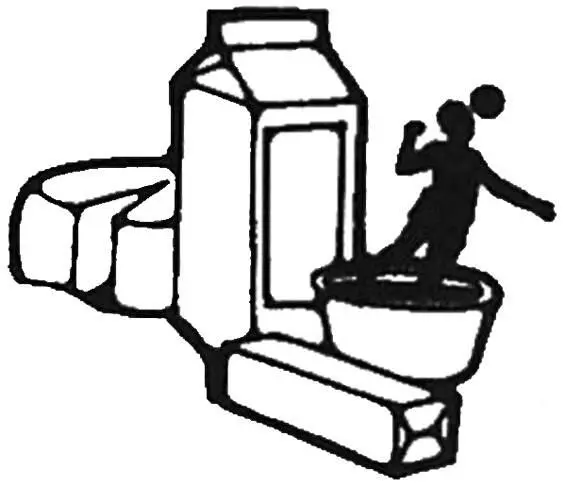
In Japan, where professional soccer is still young, the largest companies have set up their own teams and hired foreign stars, making the safe bet that soccer is a universal language for advertising their businesses the world over. Furukawa electric company started the club Jef United Ichihara and hired German superstar Pierre Littbarski and the Czechs František and Pavel. Toyota set up Club Grampus and signed on English striker Gary Lineker. The veteran but ever-brilliant Zico played for Kashima, which belongs to the Sumitomo industrial-financial conglomerate. Mazda, Mitsubishi, Nissan, Panasonic, and Japan Airlines also have soccer teams.
The teams may lose money, but that does not matter as long as they project a good image for their corporate proprietors. That’s why their ownership is no secret: soccer helps advertise the companies and in all the world there is no greater public relations tool. When Silvio Berlusconi bought Milan, which was in bankruptcy, he launched a new chapter in the club’s life with all the choreography of a major advertising campaign. That afternoon in 1987, Milan’s eleven players descended slowly from a helicopter hovering above the center of the field while loudspeakers blared Wagner’s “Ride of the Valkyries.” Bernard Tapie, another specialist in his own protagonism, liked to celebrate Olympique’s victories with huge parties glowing with fireworks and laser beams, where top rock groups performed.
Soccer, the fountain of so much passion, also generates fame and power. The teams that enjoy some autonomy, because they do not depend directly on other companies, are often run by shady businessmen or second-rate politicians who use the game as a prestigious platform to catapult themselves into the public eye. There are also rare cases where just the opposite is true: men who put their well-earned fame at the service of soccer, like the English singer Elton John, who took over Watford, the team he loved, or the movie director Francisco Lombardi, who runs Peru’s Sporting Cristal.
[As tends to happen in the cutthroat business of professional sports, a number of teams have changed hands and some of the companies have gone belly up since this book was first published in 1995. Parma, Sampdoria, Fiorentina, Paris Saint-Germain, Uerdingen, and Tottenham are all owned by different corporate behemoths. And ISL Marketing collapsed without warning in 2001, at which point the International Olympic Committee discovered it could sell TV rights very well on its own, thank you. But the essence of the story remains unchanged: few hands own the ball that captivates the world.]
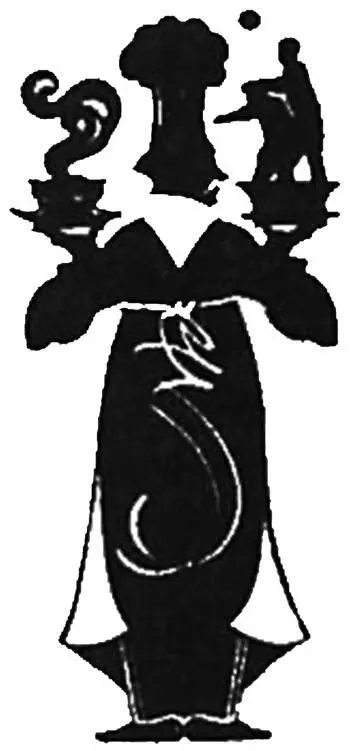
In the middle of 1969, a large hall for weddings, baptisms, and conventions opened in Spain’s Guadarrama Mountains. While the grand opening banquet was in full swing, the floor collapsed, the roof fell in, and the guests were buried in rubble. Fifty-two people died. The hall had been built with public funds, but without proper authorization, a building permit, or an architect in charge.
The owner and builder of the ephemeral edifice, Jesus Gil y Gil, went to jail. He got two years, three months, and two weeks behind bars for each death, but was eventually pardoned by Generalissimo Franco. As soon as he stepped out of prison, Jesus was back to serve the progress of the fatherland once again in the construction industry.
Some time later, this businessman became the owner of a soccer team, Atlético of Madrid. Thanks to soccer, which turned him into a popular television personality, this Jesus was able to launch a political career. In 1991 he was elected mayor of Marbella, winning more votes than anyone else in the country. During his election campaign he promised to clear pickpockets, drunks, and drug addicts off the streets of this tourist town reserved for the amusement of Arab sheiks and foreign gangsters specializing in gunrunning and drug trafficking.
Читать дальше
